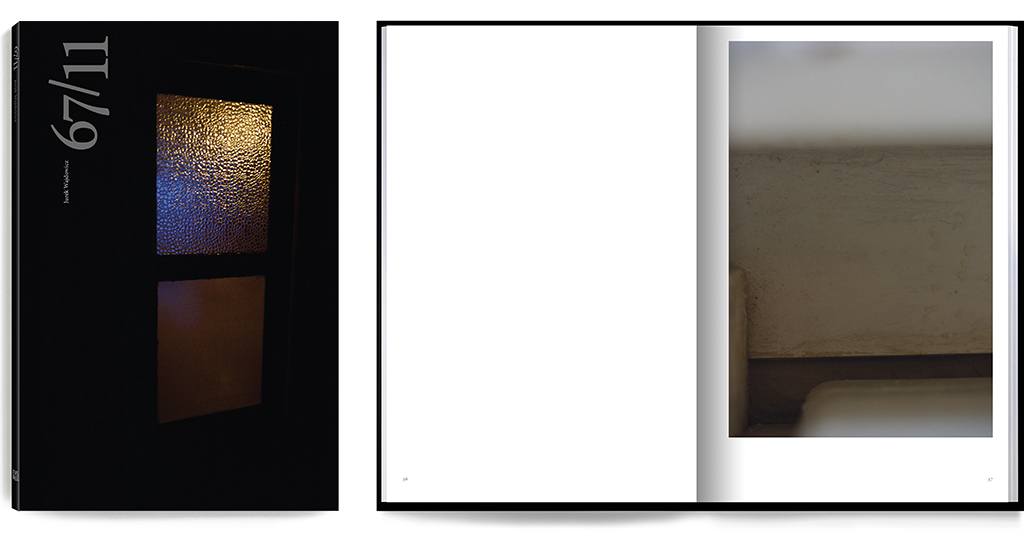NEWS
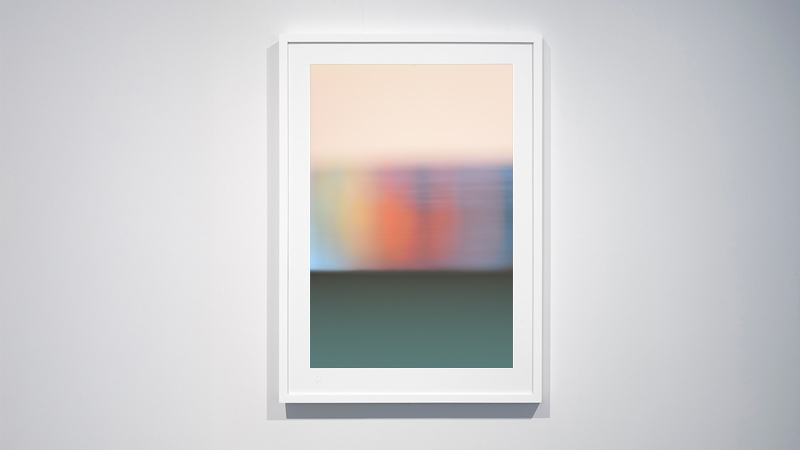
Jurek Wajdowicz: Searching for Equanimity
November 18, 2024 – January 18, 2025
EWS–Gallery is pleased to present Jurek Wajdowicz’s new exhibition of abstract photography.
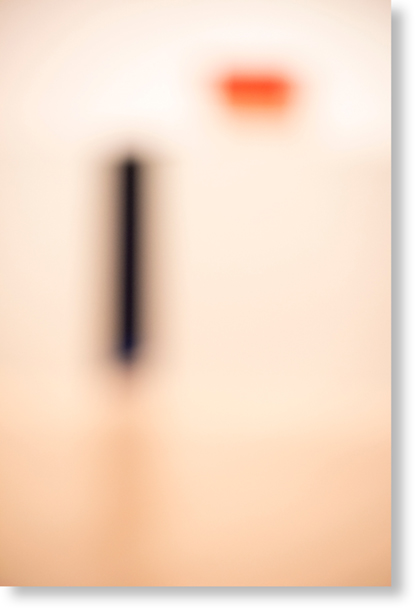
Group Show by IdeelArt: Autumnal Abstract Art
October 4 – October 17, 2024
Discover most sought after contemporary abstract artworks.
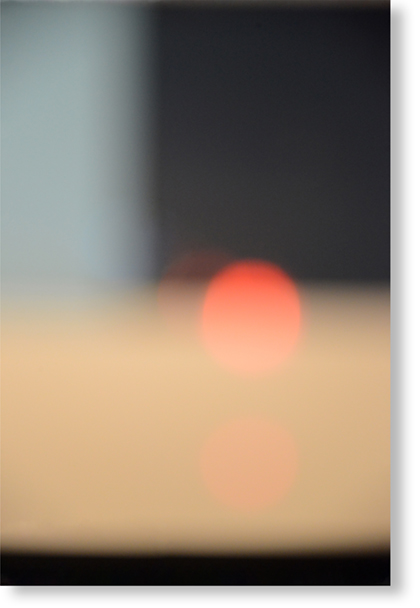
Group Show by IdeelArt: En vogue Now!
September 19 – October 3, 2024
Discover most sought after contemporary abstract artworks.
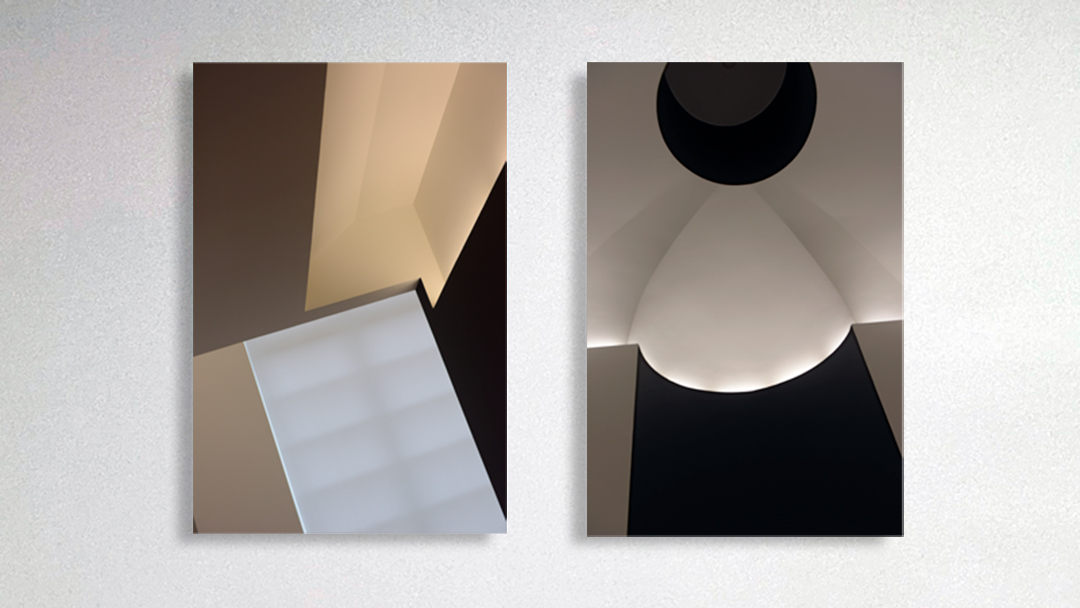
Jurek Wajdowicz: GEOMETRY OF LIGHTS
August 3 – August 31, 2024
EWS-GALLERY presents a special collection of semi-abstract photography created by Jurek Wajdowicz.
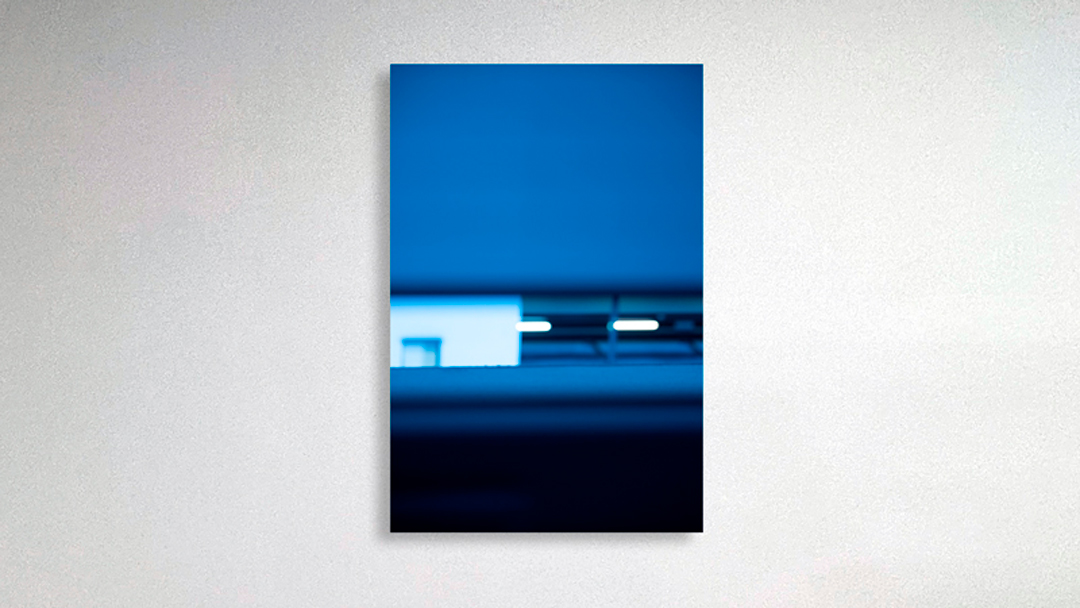
Jurek Wajdowicz: New Surroundings
April 17 – May 25, 2024
Presenting a selected collection of fine art abstract photography works created by Jurek Wajdowicz.
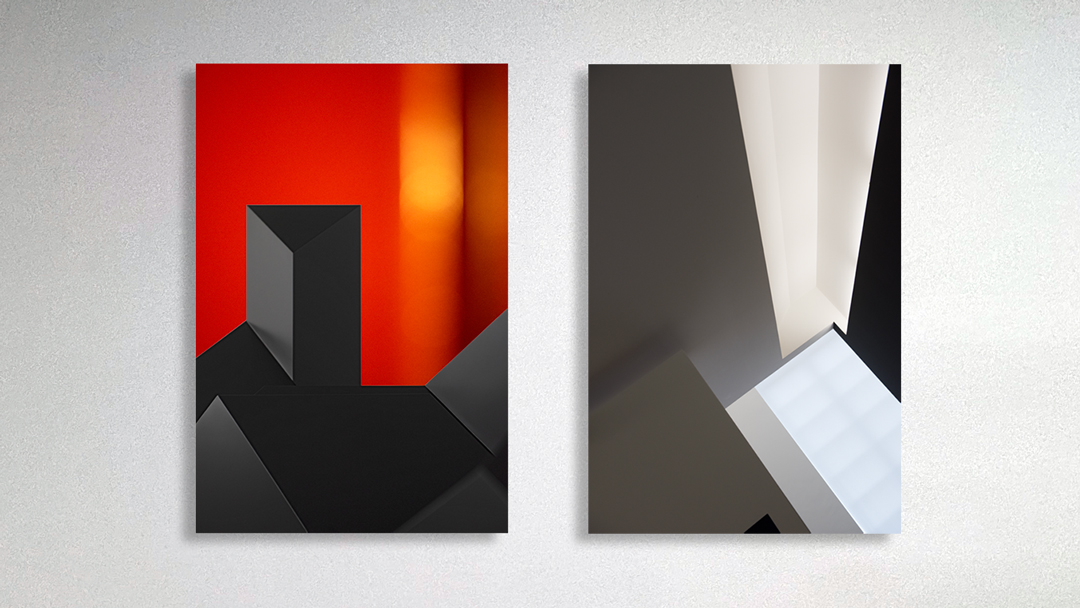
Jurek Wajdowicz: Paris and Beyond
August 9 – September 16, 2023
EWS-GALLERY presents a unique collection of geometrically informed fine art photography prints created by Jurek Wajdowicz.
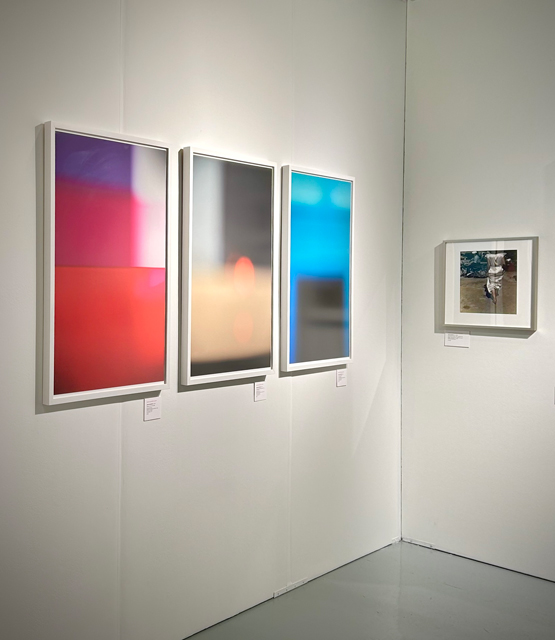
![]()
The Photography Show Presented by AIPAD
March 30 – April 2, 2023
Wajdowicz’s works were presented in the Nailya Alexander Gallery booth at the 2023 AIPAD Show in New York.
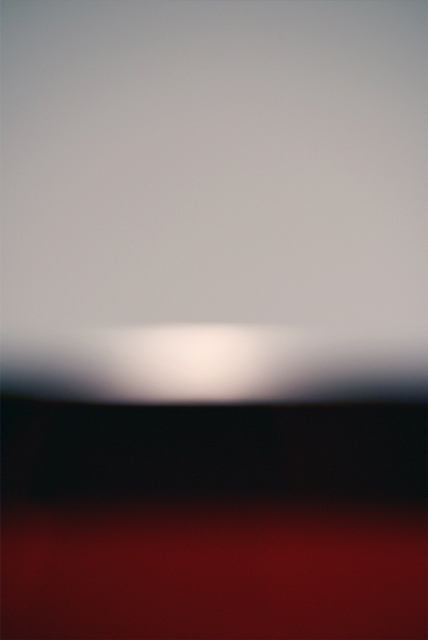
“Every Exit is an Entrance” Exhibition at Nailya Alexander Gallery, NY
MAY 24 – JULY 23, 2021
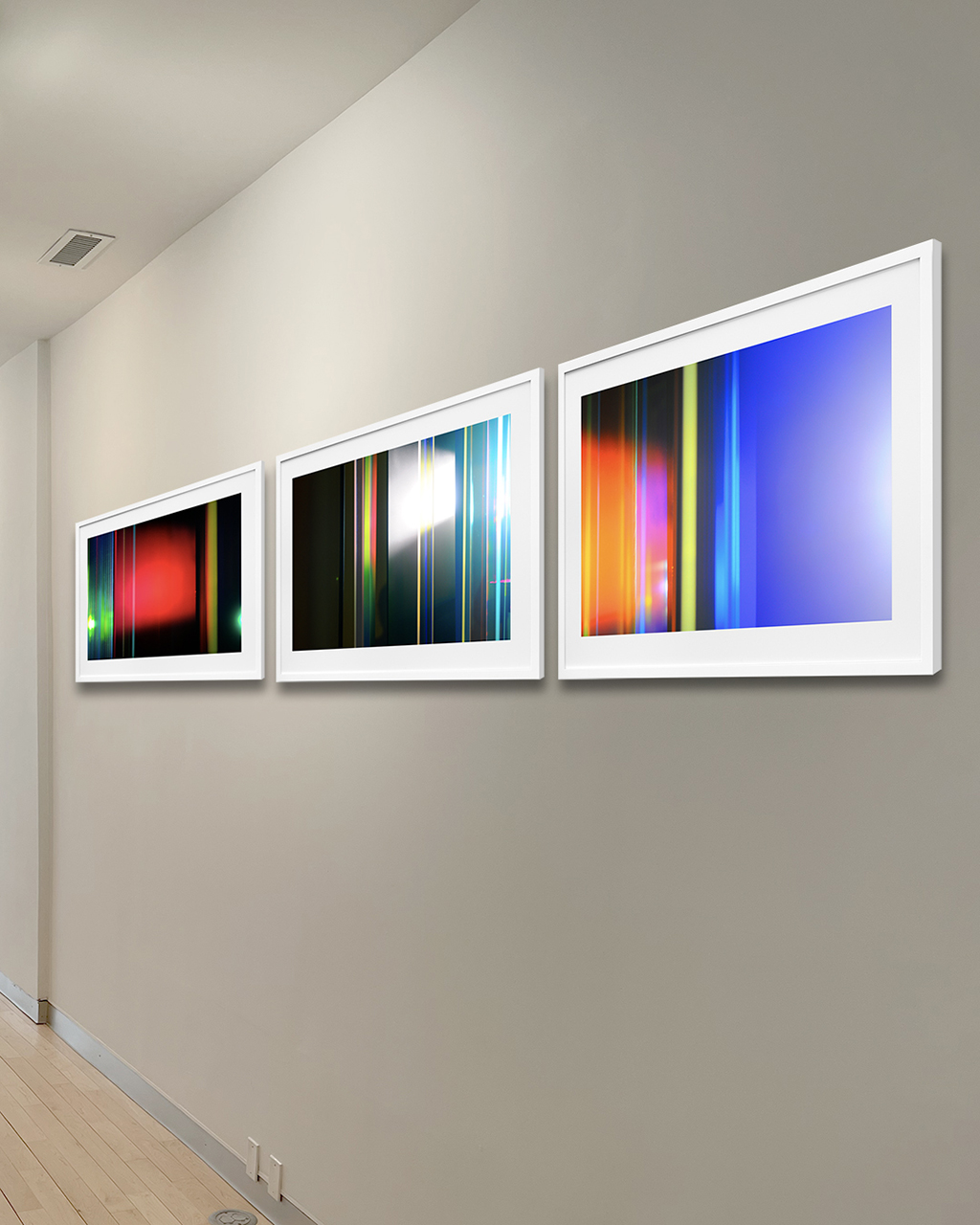
At 514 Gallery, NYC
MARCH 2021
From MoMA photography series by Jurek Wajdowicz.

Book Review: “67/11” by Jurek Wajdowicz
by Gerhard Clausing
SEPTEMBER 6, 2018
Letting go of one’s remaining parent and of one’s parental home is a formidable task. Suddenly feelings of abandonment may emerge, and childhood memories become conscious again. When combined with making arrangements for the funeral and gazing upon what remains in that home of moments now past, and from the perspective of another country which has become a second home, we are prepared to sense multiple layers of memory and recollections, as well as cultural and personal perspectives in glancing back on so much detail of a shared life.
Jurek Wajdowicz is up to that task and then some. A highly regarded designer and fine-art photographer based in the US, he traveled back to Lodz, Poland, to pay final respects to his mother, and now allows us to participate in that process through his eyes, his mind, and his emotions.
READ MORE

Book Review: “67/11” by Jurek Wajdowicz
by Cary Benbow
JUNE 7, 2018
67/11 is a new monograph by Jurek Wajdowicz which focuses on a series of photographs he made in his mother’s home in Lodz, Poland, when he returned there for the last time following her death to make the funeral arrangements and say goodbye. 67/11 is an artistic response to a deep sense of personal loss and the painful void it has left behind. It is an emotionally charged work that is at once starkly simple and richly layered, and an expression of sadness and poetry.
READ MORE
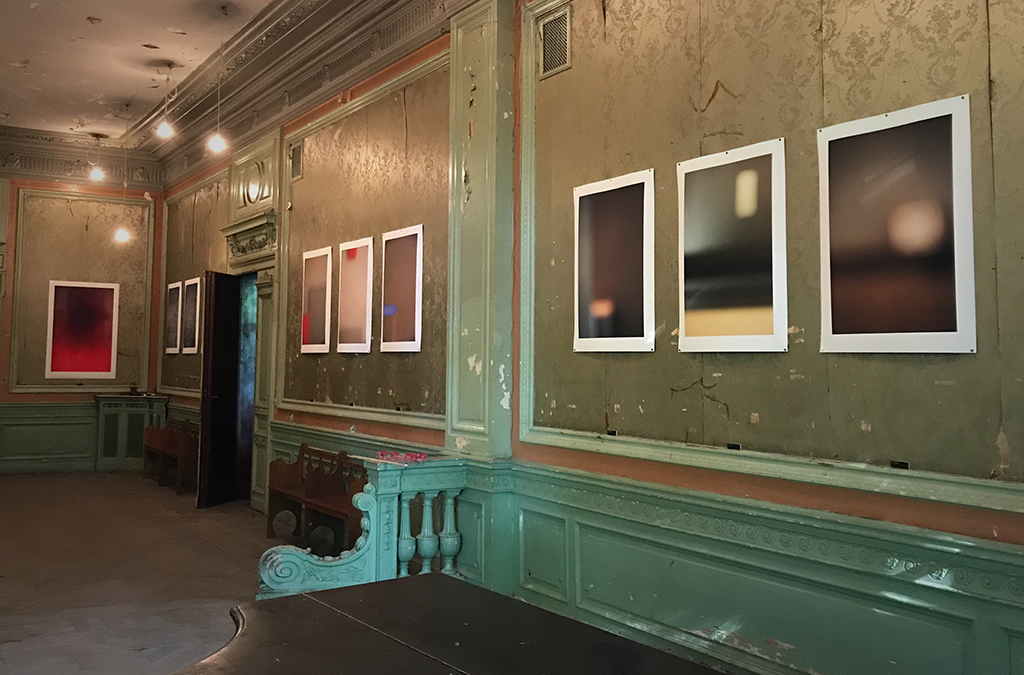
“Luminescence” Exhibition at the Book Art Museum, Lodz
MAY 2018
The Book Art Museum presents large format fine art photographs by Jurek Wajdowicz (New York) and handmade papers by Ewa Latkowska-Żychska (Warsaw), two artist friends, in their first joint exhibition called “Światła i Światy”/ “Luminescence” at the Lodz Book Art Museum at ul. Tymienieckiego 24. This is the first exhbition by Wajdowicz in his original home city.
“67/11” – New book of photography
Published by EWS Press. New York. FEBRUARY 2018
“In his new, intimate, limited-edition book of photography, 67/11, Jurek Wajdowicz, internationally acclaimed designer and fine art photographer, explores the universal experience of death and the meaning of home. Drawn from personal experience, this emotionally expressive work is at once starkly simple and richly layered. Wajdowicz’s response to a deep sense of personal loss and the painful void it has left is to create images of beauty, sadness and poetry.” – CLAIRE LEWIS, Editor. North American Media Group.
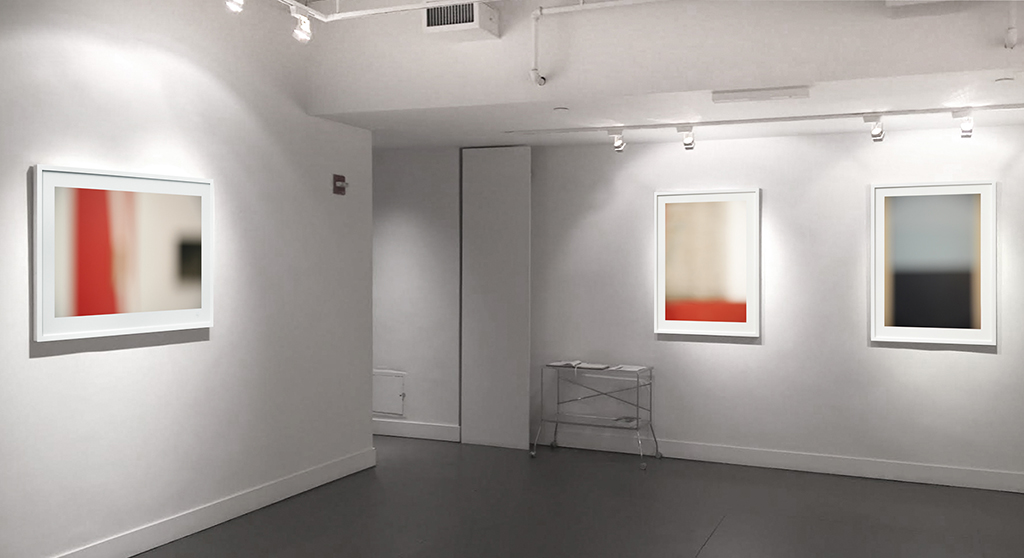
New York – Primary Forces @ Nailya Alexander Gallery
JUNE – JULY 2016
Jurek Wajdowicz and his abstract photographs from the “Liminal Spaces” series are among the several artists featured in the group show “Primary Forces” at the Nailya Alexander Gallery at 595 Madison Ave, Suite 704. Other artists represented include Denis Brihat, Irina Nakhova and Alexey Titarenko. The exhibition runs till July 22nd.

“Pride & Joy: Taking the Streets of New York City” – photobook by Jurek Wajdowicz.
Published by The New Press. New York, JUNE 2016
“…For anyone with a passion for freedom and for vivid, thoughtful photography, Pride & Joy—by noted photographer and artist Jurek Wajdowicz with an introduction by the nationally known satirist and activist Kate Clinton and published in the wake of the historic U.S. Supreme Court decision on same-sex marriage—is an ode to this New York institution. Energetic, colorful, and irreverent, these images are a playful confirmation of equality. Incorporating portraits of marchers and bystanders and leading figures in the LGBT community, these photographs revel in the rich diversity of the parade. Exquisitely presented, the book includes interviews with members of the queer community about their relationship to the march, offering a startling variety of responses to this integral part of New York life. Pride & Joy is an inspiration not only to the queer community but to all those still fighting for their basic human rights. The fourth in a major new series of LGBT-themed photography books, Pride & Joy is a visual treat for photography lovers, an inspiration for the global queer community, and a singular tribute to New York City.”
Pride & Joy was designed by Emerson, Wajdowicz Studios (EWS).
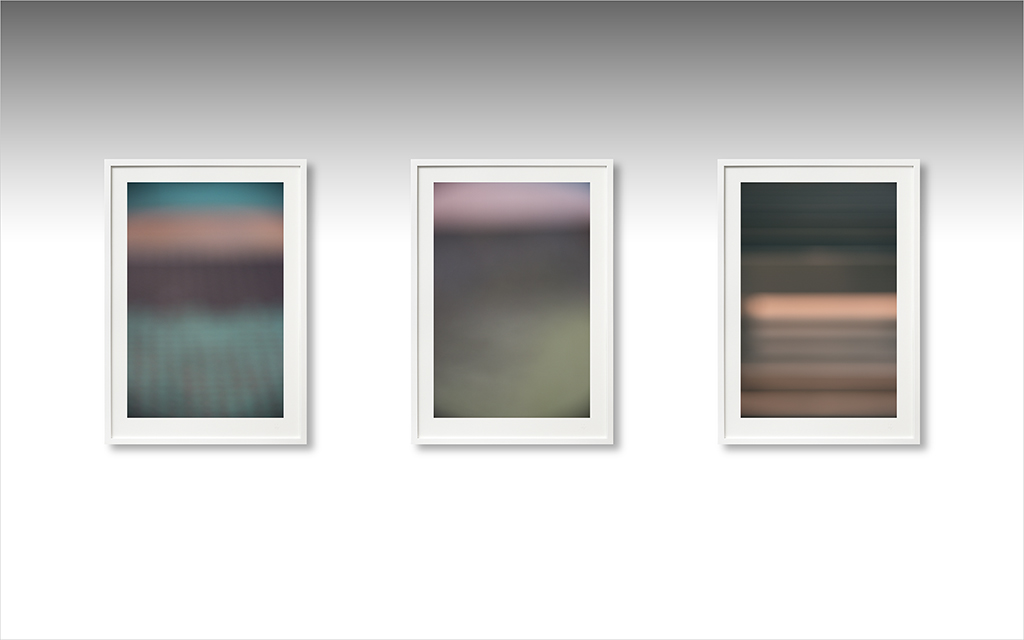
RMH Collection
MAY 2016
Four of Jurek Wajdowicz’s works (2013-2015) are now part of the art collection of the RMH Foundation in California.
Shown here are three photographs (above, left to right):
Untitled I 81B_1973 I Gadolinium I © 2015
Untitled I 81B_2117 I Gadolinium I © 2015
and Untitled I 75C_1401 I © 2015.

Varsovie : Solace de Jurek Wajdowicz
JUNE 19, 2015

Solace / Wyciszenie – Exhibition at Kasia Michalski Gallery. Warsaw
JUNE 11 – JULY 31, 2015
“Presented in Poland for the first time at the Kasia Michalski Gallery, Jurek Wajdowicz presents large scale, abstract photographs, which bring to mind a vision of an urban environment seen from a distance: dazzling with light and color, vibrating in constant, yet imperceptible movement. Although seemingly conflicting, both activities aim at achieving the same effect. The emotional work of memory and imagination is involved to build awareness, and bring a sense of peace and consolation both on an individual as well as on the global level. In both cases, the viewer is forced to ask and assess what he or she is looking at. Wajdowicz’s works thus open our eyes not only to the world surrounding us, but also the one we should cherish inside ourselves”.

The London Book Fair 2014
APRIL 7-11, 2014
“Contemporary artist photographer Jurek Wajdowicz creates minimalist abstract meditative spaces — evoking dreams, sublime music and intimate transience. Making the mundane extraordinary, leaving poetry in the viewer’s mind.”

Lars Müller Publishers releases Jurek Wajdowicz: Liminal Spaces. Fotografie_75
OCTOBER 13, 2014
NEW YORK, NY.- The dual emotions of aloneness and melancholy seem to be a relevant concept when grasping the minimalist abstracts of Jurek Wajdowicz’s pictures. To say photographs at once defies the visual impact that is experienced when first viewing one of his oversized artworks that blend his subject matter into the intimate and then strips it of any mundaneness. Indeed his pictures are at most times hard pressed to be labeled photography as the viewer walks away with something intimate, sad, melancholic and surprisingly ethereal while striving to believe he has actually viewed a photograph and not a painting. Wajdowicz’s limited palette conveys an emotional darkness in the lightest of his artworks while the darker subject matter is paired both with beauty and a brightness of hope, each claiming an enigma. Rarely are human forms present in this collection, yet you immediately sense the emotional yet self-contained impact of this artist letting you into his world. Wajdowicz appears simultaneously present and yet completely silent, removed and waiting. The beauty of Wajdowicz’s seemingly silent images manage to both haunt and perversely soothe. In an era when artists regularly use computer adjustments Wajdowicz’s work is captured and contained solely through his lens.
There is an undeniable technical photographical expertise that becomes secondary as the viewer loses the sense of viewing photography and is washed in the context of art alone. The book initially opens with a light minimal expanse of the silent ethereal in both tone and palette while the artist’s selection ends with a sense of desolation that manages to exude a hopefulness within the darkness.
A haunting ethereal calm that collides with a somber brooding joy. –Jennifer Sterling
Fred Ritchin in his introduction writes “…Seeing and looking are hardly the same. The riches reside as well in the parallel universes, those which conventional photography, quoting from appearance, hardly seem to take into account. In the hints of shape in Wajdowicz’s own images, in his embrace of negative space, appearance manages to conceal itself, implying the gaps of the forever in-between. The engaged viewer can then infer ways to re-imagine, while Jurek’s lens argues for a less traveled space. It is no wonder that his imagery reads like jazz…”
Light…shadow.
Life…death.
Passing…existence.
A luminous form in space…hovering between a photograph and a painting. I want my work to float between representation and abstraction…perceived and imagined… an emotional freedom to the viewer. A suggestion rather than a description. I’m concerned with the issues of space…light…tone. And unpredictability.
Ambiguity…so critical to my work has a transcending effect of making the mundane beautiful…which in turn (hopefully) makes you wonder what you are looking at and why. I am probably most satisfied by my images when I can hear the music in them and the longer I manage to suspend this tension of not being able to resolve what you’re looking at the more successful my work feels.
Jurek Wajdowicz’s design and art photography work resides in the permanent collections of the U.S. Library of Congress (Washington, DC), the National September 11 Memorial & Museum (New York), the United Nations Headquarters (Geneva and New York), the Warsaw Museum of Posters in Wilanow (Poland), the Musée des Arts Décoratifs (Paris), American Institute of Graphic Arts (AIGA), Lodz Museum of Modern Art (Poland) and Hamburg’s Museum für Kunst und Gewerbe, among others.
Art photographer and designer Jurek Wajdowicz is, together with Lisa LaRochelle, the principal of the award-winning Emerson, Wajdowicz Studios (EWS) located in New York. Jurek Wajdowicz is acknowledged as one of the leading graphic designers internationally and is known for his photojournalistic, creative approach to design. Recently, in the 50th Anniversary Survey of the Graphic Design: USA magazine, Wajdowicz was selected among the “Most Influential Graphic Designers of the Past 50 Years.”

Liminal Spaces: The Photography of Jurek Wajdowicz
JULY 12, 2014
Liminal Spaces, a collection of photographer Jurek Wajdowicz’s minimalist, abstract images, is quite the book. The oversized publication, produced by Lars Müller, lends itself to the photographer’s work, and the heavy, matte paper stock beautifully carries the depth of (or often lack of) color Wajdowicz uses to envelope viewers.
Surprisingly, the artist has only been exploring fine art photography for the past few years, but his experience and long career as a leading international graphic artist has clearly informed his grasp of visual impact as it relates to emotion.

Jurek Wajdowicz
Liminal spaces
JANUARY 29, 2014
The dual emotions of aloneness and melancholy seem to be a relevant concept when grasping the minimalist abstracts of Jurek Wajdowicz’s pictures. To say photographs at once defies the visual impact that is experienced when first viewing one of his oversized artworks that blend his subject matter into the intimate and then strips it of any mundaneness. Indeed his pictures are at most times hard pressed to be labeled photography as the viewer walks away with something intimate, sad, melancholic and surprisingly ethereal while striving to believe he has actually viewed a photograph and not a painting. Wajdowicz’s limited palette conveys an emotional darkness in the lightest of his artworks while the darker subject matter is paired both with beauty and a brightness of hope, each claiming an enigma. Rarely are human forms present in this collection, yet you immediately sense the emotional yet self-contained impact of this artist letting you into his world. Wajdowicz appears simultaneously present and yet completely silent, removed and waiting. The beauty of Wajdowicz’s seemingly silent images manage to both haunt and perversely soothe. In an era when artists regularly use computer adjustments Wajdowicz’s work is captured and contained solely through his lens.
There is an undeniable technical photographical expertise that becomes secondary as the viewer loses the sense of viewing photography and is washed in the context of art alone. The book initially opens with a light minimal expanse of the silent ethereal in both tone and palette while the artist’s selection ends with a sense of desolation that manages to exude a hopefulness within the darkness.
A haunting ethereal calm that collides with a somber brooding joy.
Jennifer Sterling
Light…shadow.
Life…death.
Passing…existence.
A luminous form in space…hovering between a photograph and a painting. I want my work to float between representation and abstraction…perceived and imagined…an emotional freedom to the viewer. A suggestion rather than a description. I’m concerned with the issues of space…light…tone. And unpredictability. Ambiguity…so critical to my work has a transcending effect of making the mundane beautiful…which in turn (hopefully) makes you wonder what you are looking at and why. I am probably most satisfied by my images when I can hear the music in them and the longer I manage to suspend this tension of not being able to resolve what you’re looking at the more successful my work feels.
Jurek Wajdowicz

Las abstracciones de Jurek Wajdowicz
OCTOBER 21, 2013
El fotógrafo polaco, Jurek Wajdowicz publicó el libro Liminal Spaces. Un título que se viene a sumar al catálogo de la casa editorial Lars Müller Publishers. Las imágenes del libro obligan al lector a imaginar las historias que esconden. “Notarás que estás viendo algo capturado en su pureza, en su estado mínimo, intenso y autónomo”, explica la editorial. Fotografías fuera de foco sólo permiten conocer destellos de que lo que muestra la foto, a medio camino entre la abstracción y la realidad. El trabajo de esta edición limitada fue ordenado por la diseñadora gráfica Jennifer Sterling.

Fine Art Photography: Jurek Wajdowicz
by Jennifer Sterling
APRIL 29, 2013
The dual emotions of aloneness and melancholy seem to be a relevant concept when grasping the minimalist abstractions that are Jurek Wajdowicz’s photographs. To say “photographs” at once defies the visual impact that is experienced when first viewing one of his oversized artworks, which blend his subject matter into the intimate and then strip it of any mundaneness. Indeed, his pictures are—at most times—hard pressed to be labeled photography, as the viewer walks away with something intimate, sad, melancholy and surprisingly ethereal while striving to believe he has actually viewed a photograph and not a painting.
Wajdowicz has stated that he treats his recent photography “as a deeply personal way to express his own, poetic visual language, more lyrical and complex side, and almost musical sensibilities.”
When researching the background of this gifted artist, I discovered he has explored fine art photography for only the last four to five years. Polish art critic and philosopher Krystyna Zwolińska has said of Jurek’s work, “The power of Wajdowicz’s art comes from the tension between this impulse to turn things beautiful and the more haunting stuff, even pain, that remains.”
Born in Poland, Wajdowicz is also the principal of the renowned design firm of Emerson, Wajdowicz Studios (EWS), which he runs together with his design partner, Lisa LaRochelle. They specialize in creative work for prominent nonprofit clients around the world. Wajdowicz is recognized internationally as a leader in the photojournalistic approach to graphic design, and he lectures on issue-driven design and photography. In the 50th Anniversary Survey of Graphic Design USA, Wajdowicz was selected among the “Most Influential Graphic Designers of the Past 50 Years.”

Jurek Wajdowicz – Liminal Spaces Jurek Wajdowicz. Fotografie_75
Polish-born photographer Jurek Wajdowicz’s new art book luxuriates the viewer with both saturated and minimalist images that float between abstraction and reality of both the perceived and the imagined. The largeness of this limited-edition publication, reminiscent of a gallery space, envelops the reader and creates a pause for each image. You realize at once you are seeing something captured in its purity—in its minimal, intense and separate state.
Fred Ritchin in his introduction writes “…Seeing and looking are hardly the same. The riches reside as well in the parallel universes, those which conventional photography, quoting from appearance, hardly seem to take into account. In the hints of shape in Wajdowicz’s own images, in his embrace of negative space, appearance manages to conceal itself, implying the gaps of the forever in-between. The engaged viewer can then infer ways to re-imagine, while Jurek’s lens argues for a less traveled space. It is no wonder that his imagery reads like jazz…” (from the publisher)

